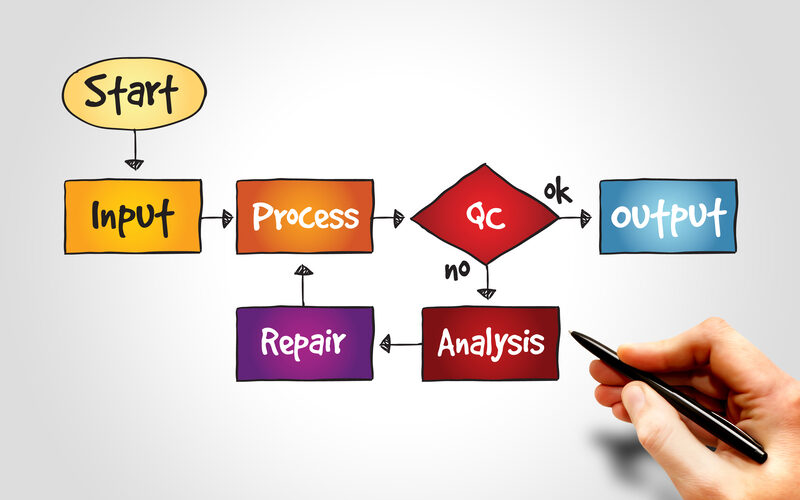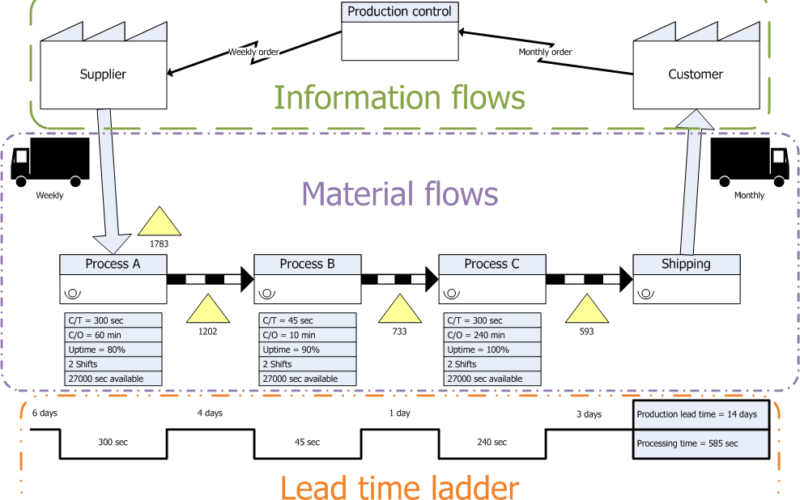There is something wrong with your process: it keeps failing and you don’t know why.…

Having a career ripe with new opportunities can certainly be a great motivator. And a quality improvement methodology like Six Sigma certification can definitely boost those opportunities. But, how does quality improvement enhances your career? Here, we discuss the various roles & responsibilities of Six Sigma belts, and we’ll give you insight into how a belt can take your career to the next level.
Six Sigma can add a level of expertise to your industry knowledge base. Many business leaders acquire Six Sigma certification as they are already aware of how Six Sigma can act as a catapult for their career. There are different levels of certification available, which define the various roles and responsibilities of each belt.
Six Sigma Belts
Let’s discuss a little more about the roles & responsibilities of Six Sigma belts:
1. Yellow Belt
A Yellow Belt has a basic knowledge of Six Sigma and is familiar with its terminology. They are well versed with the PDCA (Plan, Do, Check and Act) method and implement it from time to time in various scenarios to reduce waste and defects.
2. Green Belt
A Green Belt has extensive knowledge of Six Sigma, which makes them an integral part of projects. They devote 25-50% of their time to Six Sigma projects and the rest in other developmental projects. As Green Belts are one of the primary team members of Six Sigma projects, they work closely with the DMAIC process for process improvement.
3. Black Belt
A Black Belt becomes completely involved with the operation and execution of Six Sigma projects. As they progress, their knowledge enhances and they begin mentoring or consulting other belts and non-belts. Black Belts also gain firsthand experience with various tools such as DMAIC, Value Stream Mapping and others. Since they are the leaders, other belts (preferably Green Belts) work with them for a successful Six Sigma project.
4. Master Black Belt
The highest level of certification is Master Black Belt. And it takes 5 years of a learning experience as a Black Belt & minimum 10 projects for an individual to gain this certification. They are highly qualified and have enormous knowledge & experience in multiple Six Sigma projects over the years. A good number of projects and facilitation sessions are always under their wing.
Now, we’ve established some common differences between these belts to have a clear understanding. For a successful career, how about you decide for yourself which belt is the best for you?




This Post Has 0 Comments